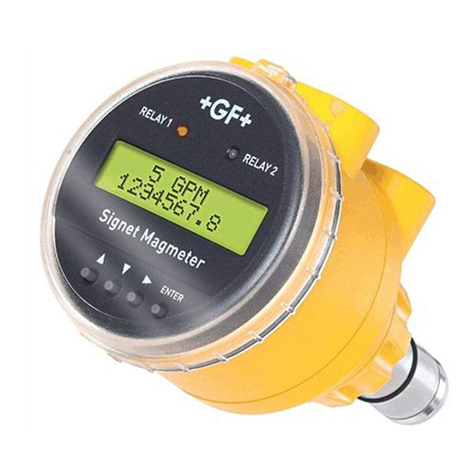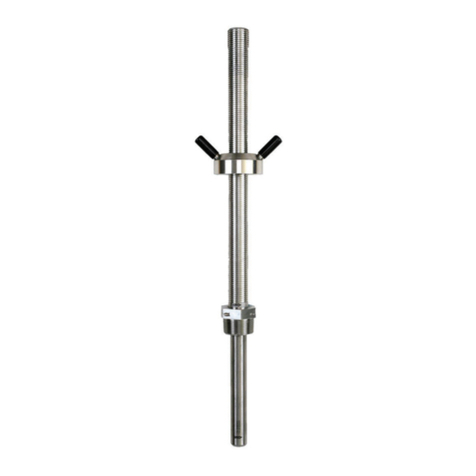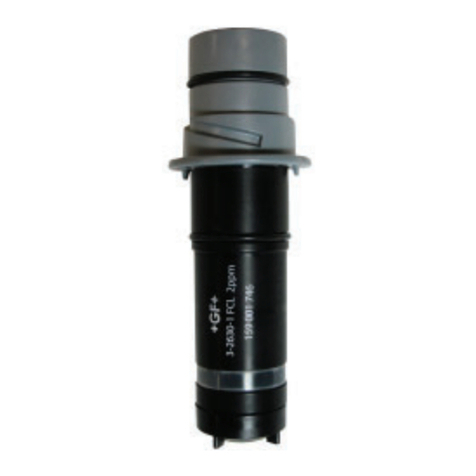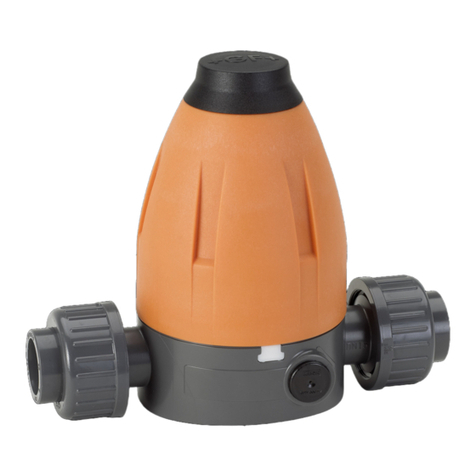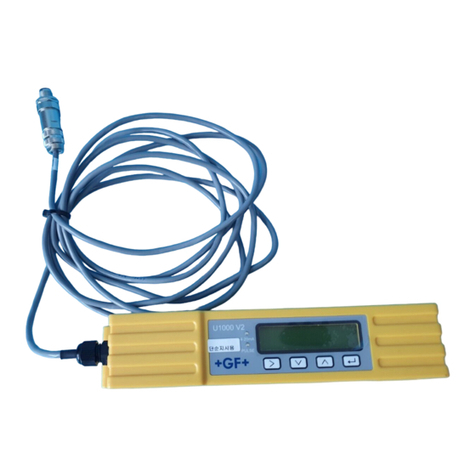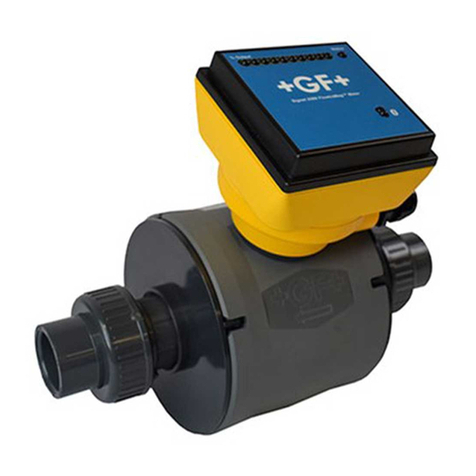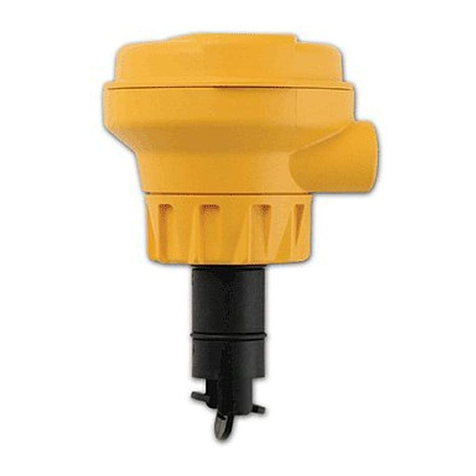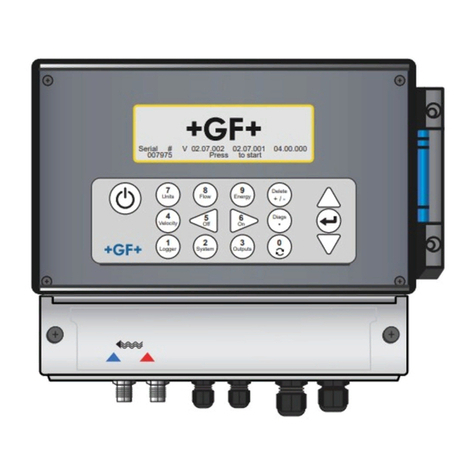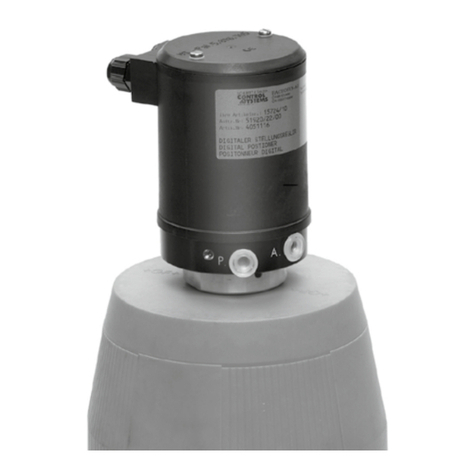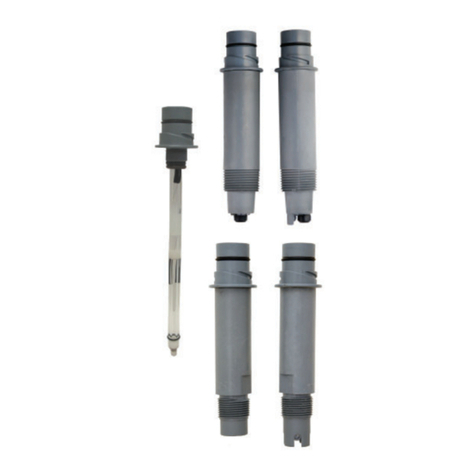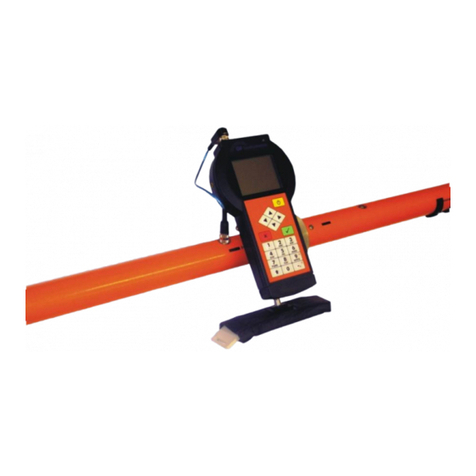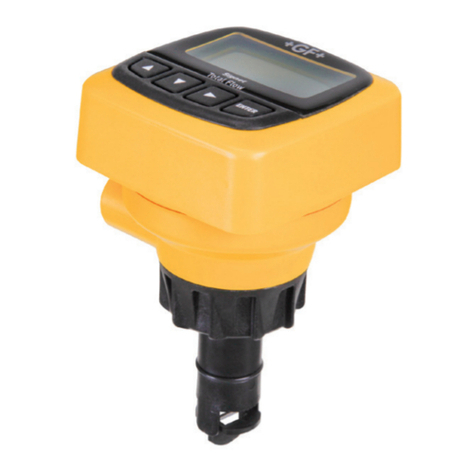
3
Contents
Original instruction manual............................................................................................................ 2
Contents........................................................................................................................................... 3
1Intended use .......................................................................................................................... 5
2About this document ............................................................................................................. 5
2.1 Warnings ................................................................................................................................ 5
2.2 Other related documents...................................................................................................... 6
2.3 Abbreviations ......................................................................................................................... 6
3Safety and responsibility ....................................................................................................... 6
4Transport and storage........................................................................................................... 7
5Design and function............................................................................................................... 7
5.1 Design .................................................................................................................................... 7
5.2 Portaflow 330 Instrument ..................................................................................................... 8
5.2.1 Connectors............................................................................................................................. 9
5.2.2 Keypad 10
5.2.3 Power supply and battery charging.....................................................................................11
5.3 Transducers..........................................................................................................................11
5.4 Principles of Operation.........................................................................................................12
6Installation ............................................................................................................................13
6.1 Transducer Positioning ........................................................................................................13
6.2 Transducer Attachment (Type ‘A’ & ‘B’)..............................................................................14
6.2.1 Preparation ...........................................................................................................................14
6.2.2 Attaching the guide rails ......................................................................................................15
6.2.3 Attaching the guide rails ......................................................................................................16
6.3 Installing the Data Logging Software..................................................................................17
7Operating Procedures ..........................................................................................................17
7.1 Setting-up the Instrument ...................................................................................................18
7.1.1 Using the instrument for the first time ...............................................................................18
7.1.2 Enabling/disabling the backlight .........................................................................................19
7.2 Using the Quick Start Menu .................................................................................................19
7.3 Using the System at a Regularly Monitored Location ........................................................22
7.4 Managing Named Sites ........................................................................................................24
7.4.1 Setting up a new site ............................................................................................................25
7.4.2 Changing a site name...........................................................................................................26
7.5 Instrument Calibration.........................................................................................................26
7.5.1 Adjusting the zero cut-off.....................................................................................................26












